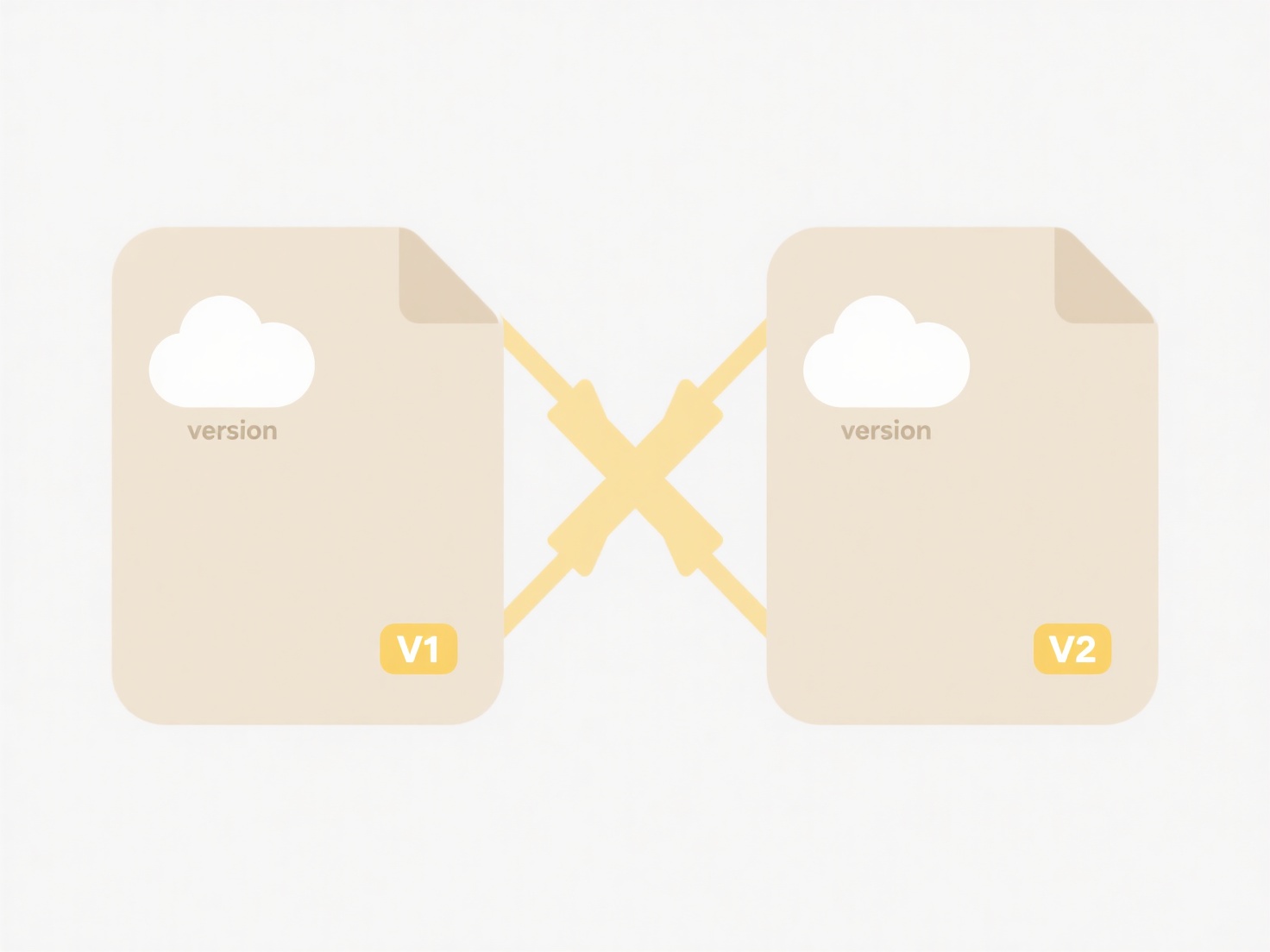
Sharing a file with "Anyone with the link" makes that file publicly accessible to anyone who possesses the unique hyperlink generated for it. This setting bypasses typical access controls requiring user accounts or sign-in; possession of the link itself grants view (and often download) permission, regardless of who finds or receives it. It differs significantly from sharing only with specific users, where explicit permission is tied to individual identities.
This setting is commonly used for widely distributing non-sensitive information. For example, a graphic designer might share a finished brochure image this way for a client to easily view across their devices without needing credentials, or a team might temporarily share a draft presentation link publicly in an email to quickly solicit broad external feedback before a review meeting. Tools like Google Drive, Microsoft OneDrive, Dropbox, and Box prominently offer this sharing option.

While incredibly convenient for quick sharing and collaboration with unknown users, this approach carries significant security risks. If the link is accidentally forwarded, leaked, or discovered by unauthorized parties (e.g., via web searches if indexed), the content can be accessed indefinitely. Users lose control over who views the file. Therefore, it should never be used for confidential data like personal information, proprietary work, passwords, or financial documents, emphasizing the critical need for responsible sharing practices to prevent unintended data exposure.
What happens if I share a file with “Anyone with the link”?
Sharing a file with "Anyone with the link" makes that file publicly accessible to anyone who possesses the unique hyperlink generated for it. This setting bypasses typical access controls requiring user accounts or sign-in; possession of the link itself grants view (and often download) permission, regardless of who finds or receives it. It differs significantly from sharing only with specific users, where explicit permission is tied to individual identities.
This setting is commonly used for widely distributing non-sensitive information. For example, a graphic designer might share a finished brochure image this way for a client to easily view across their devices without needing credentials, or a team might temporarily share a draft presentation link publicly in an email to quickly solicit broad external feedback before a review meeting. Tools like Google Drive, Microsoft OneDrive, Dropbox, and Box prominently offer this sharing option.

While incredibly convenient for quick sharing and collaboration with unknown users, this approach carries significant security risks. If the link is accidentally forwarded, leaked, or discovered by unauthorized parties (e.g., via web searches if indexed), the content can be accessed indefinitely. Users lose control over who views the file. Therefore, it should never be used for confidential data like personal information, proprietary work, passwords, or financial documents, emphasizing the critical need for responsible sharing practices to prevent unintended data exposure.
Related Recommendations
Quick Article Links
How can I hide certain files from showing in search?
Hiding certain files from search results means preventing specific files from appearing when you search your computer. T...
How do I manage test files and results?
Managing test files and results involves systematically organizing, storing, and tracking the artifacts generated during...
How can I open a .dwg file without AutoCAD?
A DWG file is a proprietary digital format primarily used for storing two-dimensional (2D) and three-dimensional (3D) de...